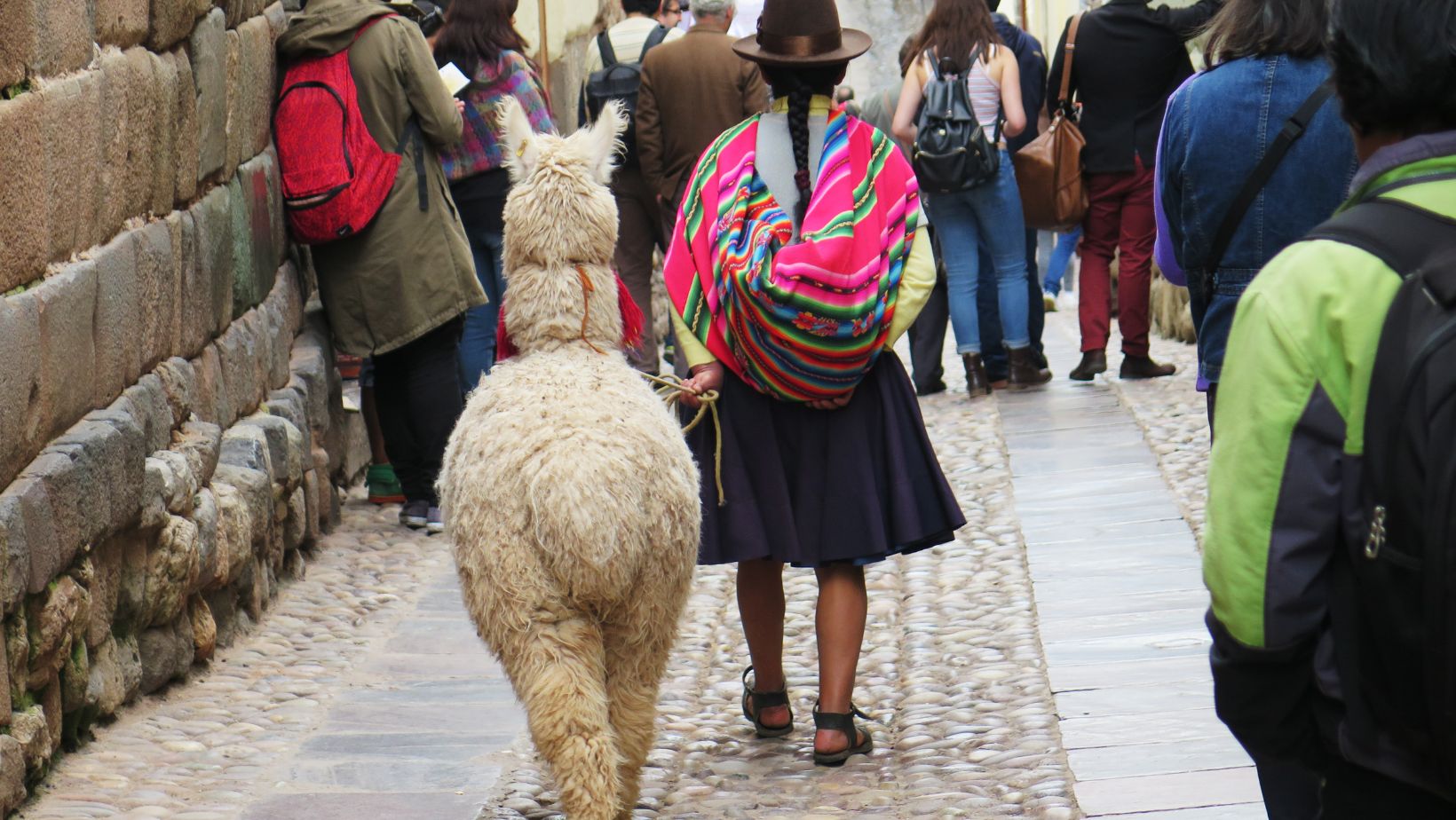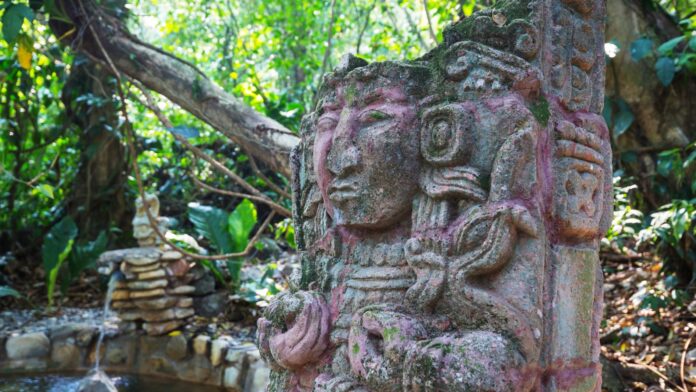Which is The Best Comparison of the Basic Beliefs of the Aryans and The Mauryans?
In my years of studying ancient civilizations, I’ve often found myself intrigued by the stark contrasts and similarities between different cultures. One comparison that’s particularly fascinating is that between the Aryans and the Mauryans, two prominent groups in ancient India. Their basic beliefs, while stemming from the same geographical region, evolved in unique ways, shaping their respective societies and leaving a lasting impact on the world.
The Aryans, who settled in India around 1500 BC, brought with them a rich tapestry of beliefs and traditions that would later form the foundation of Hinduism. Their society was largely organized around a rigid caste system, with religious rituals and the pursuit of spiritual enlightenment playing a central role.
On the other hand, the Mauryan Empire emerged much later, around 322 BC, and was heavily influenced by Buddhism, thanks largely to the efforts of its most famous ruler, Ashoka. While the Mauryans also had a structured society, their focus was more on moral and ethical living, guided by the teachings of Buddha.
Background on the Aryans and the Mauryans
Here’s some intriguing context about these two ancient civilizations known as the Aryans and the Mauryans. It’s vital information that provides a foundation for our discussion on their respective core beliefs.
The Aryans were the first to settle in India around 1500 BC. They were known for their caste system, a form of social stratification that was strict to the core. My research suggests that their society was intrinsically centered around religious rituals and spiritual enlightenment. This spiritual focus is evident in their numerous Vedic texts, which have shaped the course of Indian philosophy, religion, and societal structure.
Emerging later around 322 BC, the Mauryan Empire was a distinct and powerful civilization in its own right. Buddhism was a significant influence on the Mauryans, a factor that notably shaped their ethical standards and moral principles. I found that Emperor Ashoka, a Mauryan ruler, played a pivotal role in promoting Buddhism throughout his empire and beyond.
Borrowing from the teachings of Buddha, Mauryans emphasized the necessity for ethical living and moral fraternity. These values were a cornerstone in the administration of the vast Mauryan Empire, which stretched all the way from Afghanistan in the north to the southern tips of India.
When comparing these two civilizations, it’s noteworthy that both contributed immensely to shaping the course of Indian history. They distinctly differed in their societal norms, religious practices, and value systems. However, a profound spiritual bent and societal organization were common traits evident in both.
Are you intrigued to explore more? In the upcoming sections, we’ll delve deeper into understanding the finer nuances of these two prominent ancient Indian civilizations.

Beliefs of the Aryans
We now turn our focus to the Aryans, where theistic concepts and ritualistic practices played a central role in their societal and spiritual lives. They brought a unique blend of beliefs, immense knowledge, and strictly followed traditions, sticking closely to their own set of norms.
Concept of God
The Aryan concept of God was varied and complex, showing their deep inclination towards spirituality. They believed in a pantheon of gods and goddesses, each representing a singular aspect of the natural world. For instance, Agni was the god of fire, Indra the king of gods and the deity of thunder and rain, and Varuna, the aspect of the cosmic, moral, and societal order.
The Aryas believed that these entities had control over the elements and aspects they represented. This belief was expressed through scriptural hymns found in the Rigveda, one of the four holy texts of Hinduism, also known as the Vedas. The Vedas are a testament to the Aryans’ deep religious and philosophical roots, giving us valuable insight into their world.
Rituals and Sacrifices
As their spiritual beliefs were centered primarily around appeasing the gods, they used rituals and sacrifices as a means of communication. Extravagant ceremonies, involving the sacrifice of animals and the offering of soma (an intoxicating drink), were commonplace in Aryan society.
They believed that these elaborate rituals satisfied their gods and would, in turn, invoke blessings and prosperity for their community. These practices were led by priests, known as Brahmans, who had a thorough grounding in the Vedas.
Their belief in the efficacy of rituals and sacrifices directly influenced their societal structure, contributing to the formation of a strict caste system. This system divided the society into different social classes, with the Brahmans (priests) at the top, closely followed by the Kshatriyas (warriors), Vaishyas (merchants) and the Shudras (servants).
Let’s now dive into the world of the Mauryan Empire to contrast and compare their beliefs with those of the Aryans.


